India’s rupee hits a new all-time low against the US dollar as Donald Trump is set to become President on January 20
India’s Rupee Hits a New All-Time Low Against the US Dollar as Donald Trump is Set to Become President on January 20: What It Means for the Indian Economy
India’s currency, the rupee, has plunged to a new all-time low against the US dollar, reaching levels that have sent ripples through the global financial markets. This unprecedented dip in the rupee’s value comes at a significant time, just days before Donald Trump is set to be inaugurated as the 45th President of the United States on January 20. The rupee’s sharp decline has raised alarms about the future stability of India’s economy, especially in light of the potential shifts in US economic and foreign policy under the new administration. In this article, we’ll explore the factors contributing to the rupee’s fall, the economic implications for India, and the global market reactions to this development.
The Decline of the Indian Rupee
As of the latest trading data, the Indian rupee has hit a new record low against the US dollar, crossing the psychological threshold of 75 rupees per dollar. This marks a significant depreciation from the relatively stable exchange rates seen in previous years, when the rupee traded around 60 to 65 rupees per dollar. The currency’s continued weakening is a concern for Indian markets, as it could have far-reaching consequences for everything from inflation to foreign investment and trade balances.
While currency fluctuations are not uncommon, especially in emerging markets like India, the timing of this decline has added a layer of uncertainty. The rupee’s drop comes just days before Donald Trump assumes the presidency, a leader whose policies remain largely unpredictable but who has expressed a protectionist stance on trade and a commitment to prioritizing US economic interests. Many analysts believe that this combination of factors is influencing the value of the rupee, as investors become cautious about the potential economic impact of Trump’s policies on global markets, including India.
Factors Behind the Rupee’s Fall
Several factors are contributing to the rupee’s dramatic decline. Here are the key elements influencing the Indian currency’s performance:
- Global Market Volatility and US Dollar Strength: One of the primary reasons for the rupee’s fall is the strengthening of the US dollar globally. In the wake of Trump’s election victory, there has been a notable increase in the value of the dollar, driven in part by expectations of stronger US economic growth, higher interest rates, and a potential shift toward fiscal policies that could spur inflation. As the dollar strengthens, emerging market currencies like the rupee often experience downward pressure.
- Uncertainty Surrounding Trump’s Economic Policies: Donald Trump’s economic policies remain a source of uncertainty. While his campaign promises focused on tax cuts, deregulation, and boosting domestic production, markets have been uncertain about how his protectionist stance will affect trade relations with countries like India. The potential for tariffs, trade wars, or a shift in US foreign policy could lead to disruptions in India’s trade balance, as the country is a significant exporter of goods and services to the US.
- Capital Outflows and Investor Sentiment: Following Trump’s election, there has been a shift in investor sentiment. Some foreign investors are pulling back from emerging markets like India, seeking safer investments in the US dollar or US-based assets. This trend has resulted in capital outflows from India, further exacerbating the rupee’s weakness. As the market anticipates higher interest rates in the US, the flow of capital into US assets is increasing, which is making it more expensive for emerging economies like India to maintain their currency value.
- India’s Trade Deficit and Current Account Deficit: India has long struggled with a trade deficit, importing more goods than it exports. This imbalance puts consistent pressure on the rupee, especially as global oil prices remain volatile. Higher oil prices, in particular, can significantly affect India’s import costs and widen the trade deficit, which in turn weakens the rupee. With the country’s current account deficit also a concern, the falling rupee may signal deeper structural issues that could complicate India’s economic outlook in the coming months.
The Economic Implications for India
The rupee’s fall against the US dollar is expected to have several key implications for the Indian economy:
- Higher Inflation: A weaker rupee makes imported goods more expensive, particularly oil, which is one of India’s largest imports. This could lead to higher inflation in the country, driving up the cost of living for millions of people. While India has some domestic sources of inflationary pressure, the currency depreciation may add to the cost of essential items like fuel and food.
- Increased External Debt Burden: India’s external debt is largely denominated in US dollars, so the weakening of the rupee means that repaying dollar-denominated loans becomes more expensive. This could put additional strain on the government’s finances and lead to higher borrowing costs in the future. Private companies with foreign currency-denominated debt may also face challenges in servicing their obligations.
- Trade Imbalances: A depreciated rupee can have mixed effects on India’s trade balance. On one hand, it could make Indian exports cheaper and more competitive in global markets, potentially boosting export volumes. On the other hand, the higher cost of imports could hurt industries that rely on foreign goods and raw materials. Overall, India’s trade balance may continue to face challenges if the rupee’s weakness persists.
- Investor Confidence: The rupee’s continued decline could dent investor confidence in India, particularly if the political and economic environment under Trump’s presidency causes more uncertainty. Foreign direct investment (FDI) could slow, as global investors may view India as a riskier market due to currency instability and potential policy shifts. The uncertainty surrounding Trump’s approach to foreign trade may also prompt companies to delay or scale back investments in India.
The Impact of Donald Trump’s Presidency on the Indian Economy
The timing of the rupee’s fall is especially significant, as it coincides with the impending inauguration of Donald Trump. Although much of the specifics of his administration’s foreign policy remain unclear, there are several areas in which India could be directly impacted:
- Trade Relations: Trump’s “America First” policy could lead to trade tensions between the US and India. The new president has expressed a desire to renegotiate trade agreements, including those related to outsourcing and the global supply chain. India, a major player in the global outsourcing and technology sectors, could face challenges if the US imposes tariffs or restricts access to its markets.
- Immigration Policies: Trump’s stance on immigration could also affect India, particularly in the context of its IT industry. The new administration has signaled an interest in restricting work visas like the H-1B, which many Indian technology workers rely on to work in the US. Any changes to these policies could have long-term effects on India’s economy, particularly its tech sector.
- Geopolitical Relations: India’s foreign policy, particularly in relation to Russia and China, could be influenced by Trump’s foreign stance. Any shifts in US support for India in its regional disputes, or a change in the geopolitical balance of power, could affect the country’s economic outlook.
In Conclusion
The Indian rupee’s new all-time low against the US dollar signals a turbulent period for India’s economy, exacerbated by uncertainty surrounding Donald Trump’s upcoming presidency. While there are a range of factors at play, from the strengthening of the US dollar to concerns over trade policies and investor sentiment, the rupee’s decline represents a significant challenge for India’s economic stability in the short term. As Trump prepares to take office, both Indian policymakers and businesses will be closely monitoring the potential implications of his policies on the global economy—and how those changes will influence India’s future growth and development. The coming months will likely be critical in determining the trajectory of India’s currency, economy, and international relationships under the new administration.
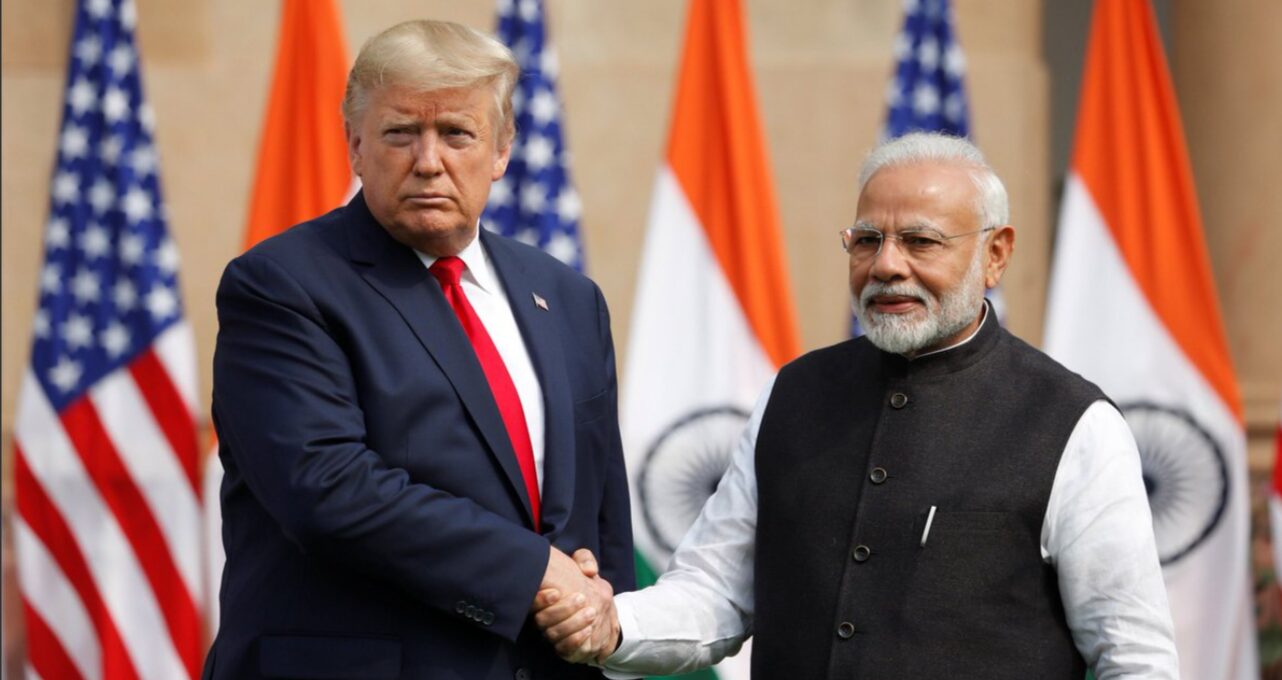


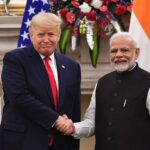
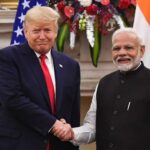






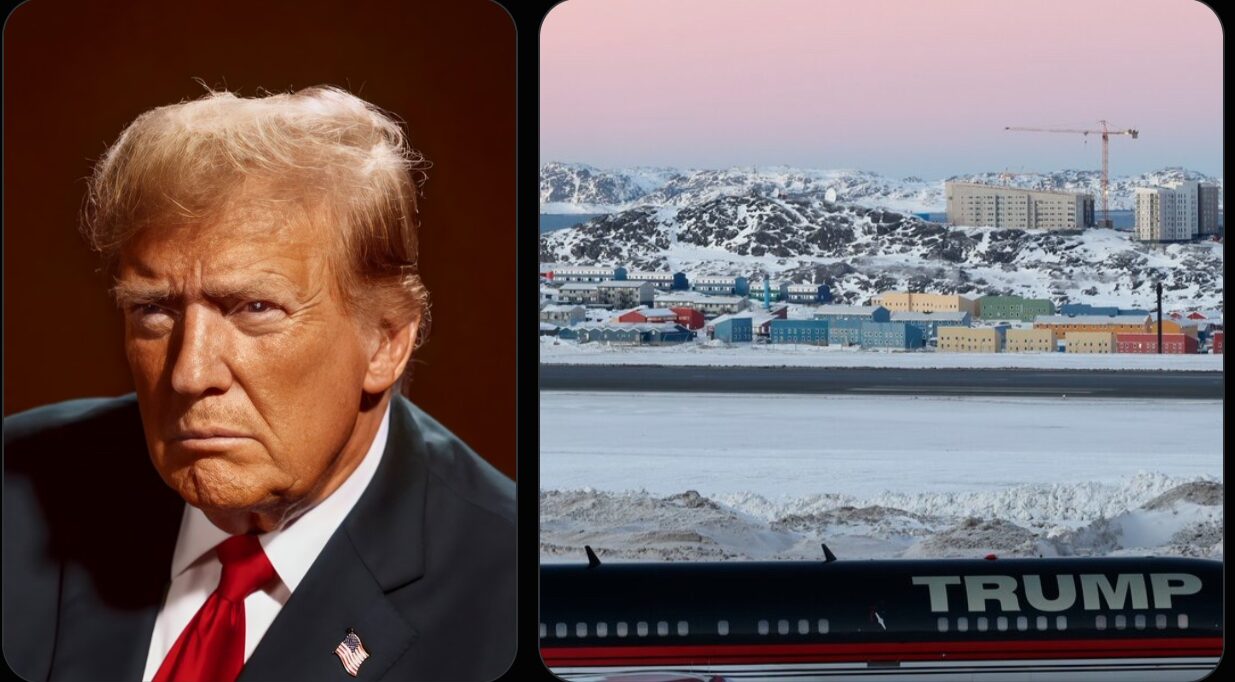


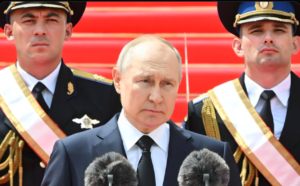


Post Comment